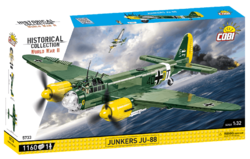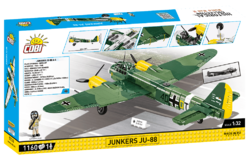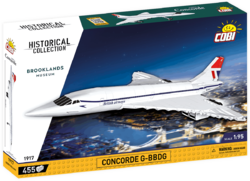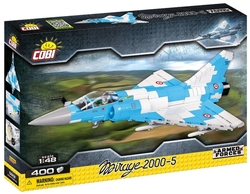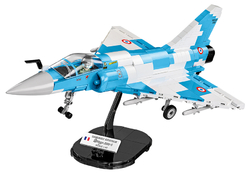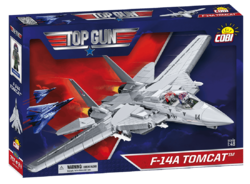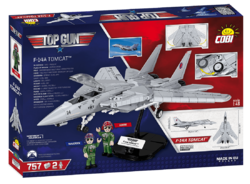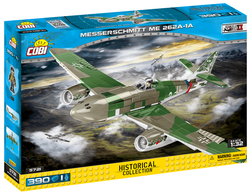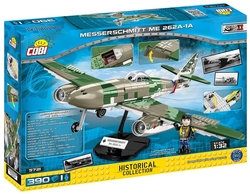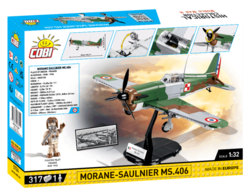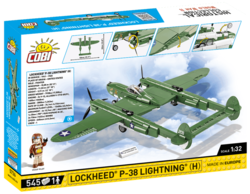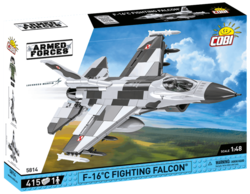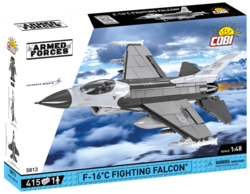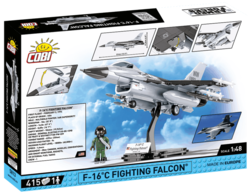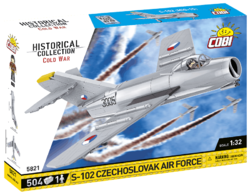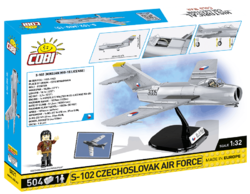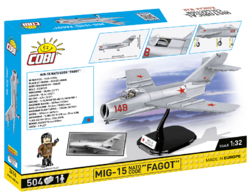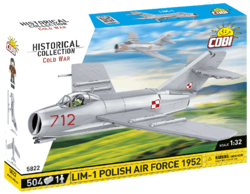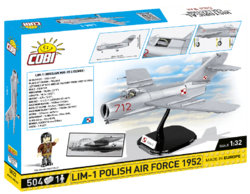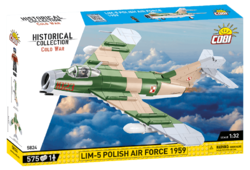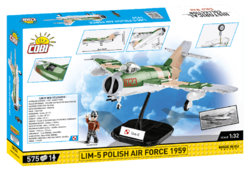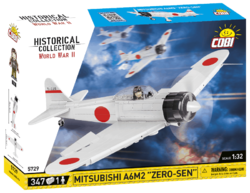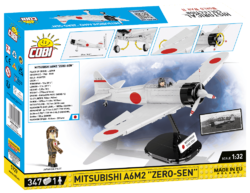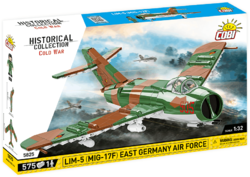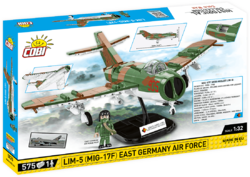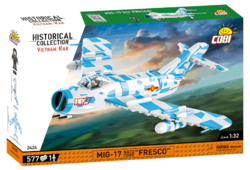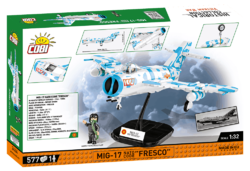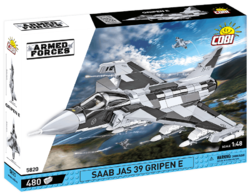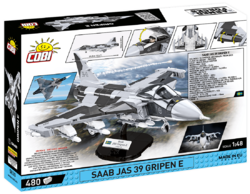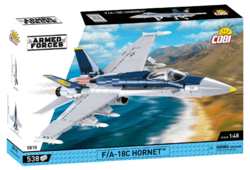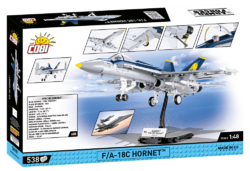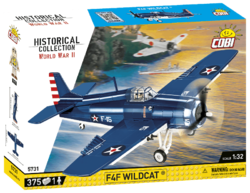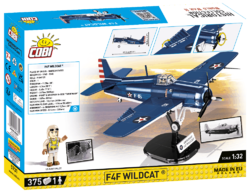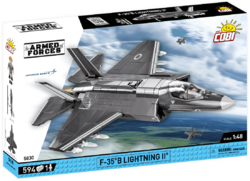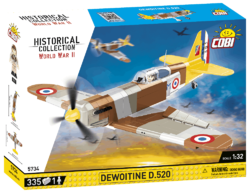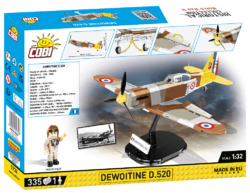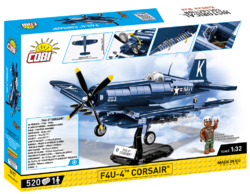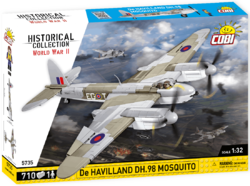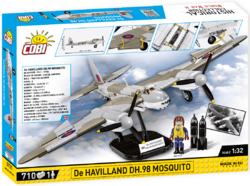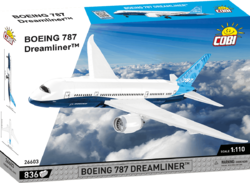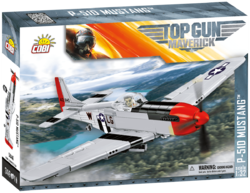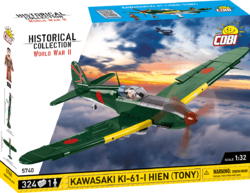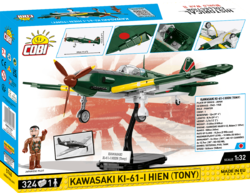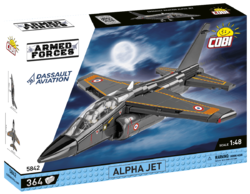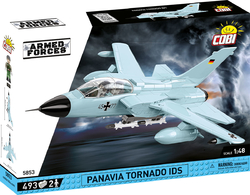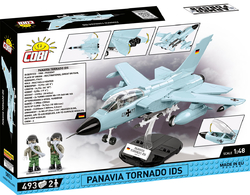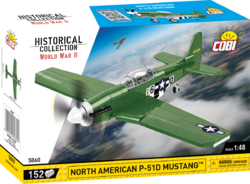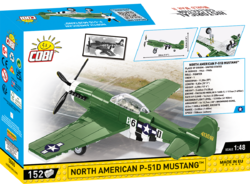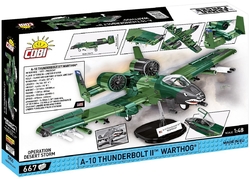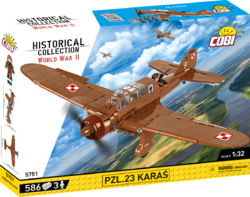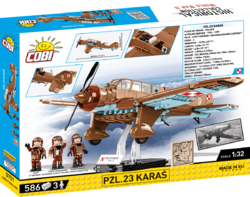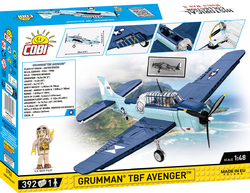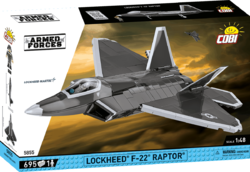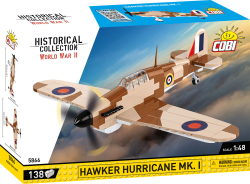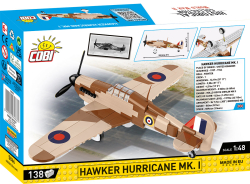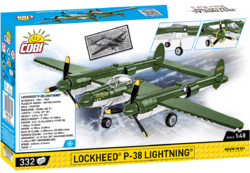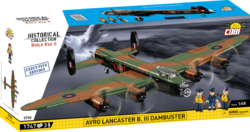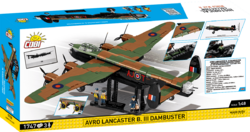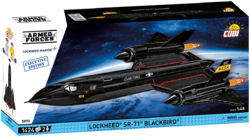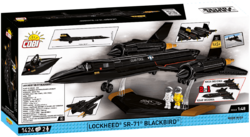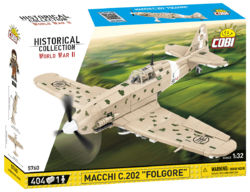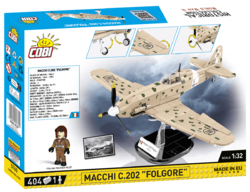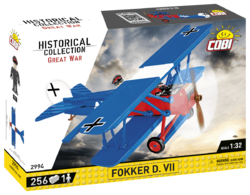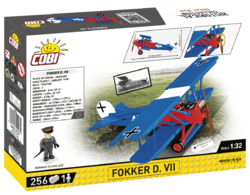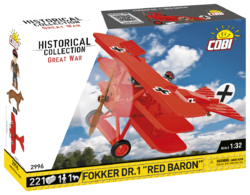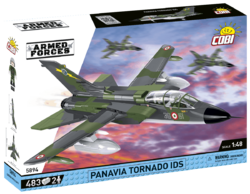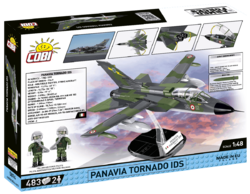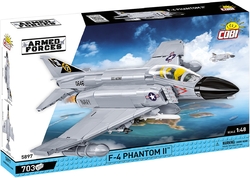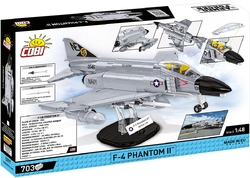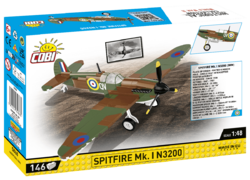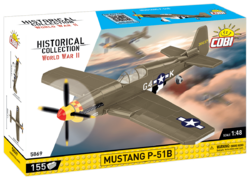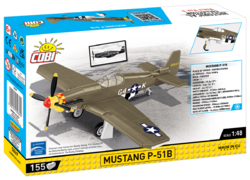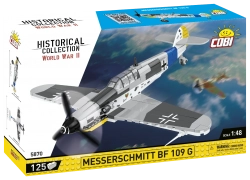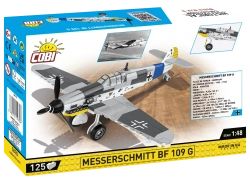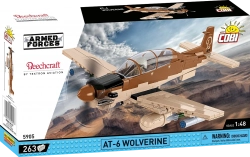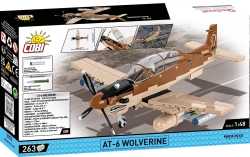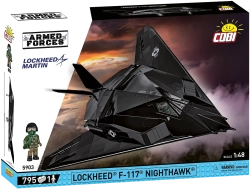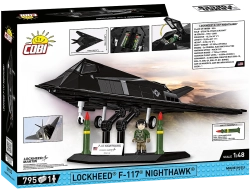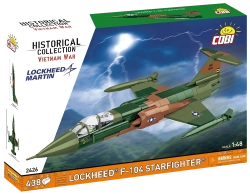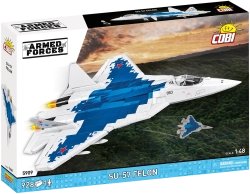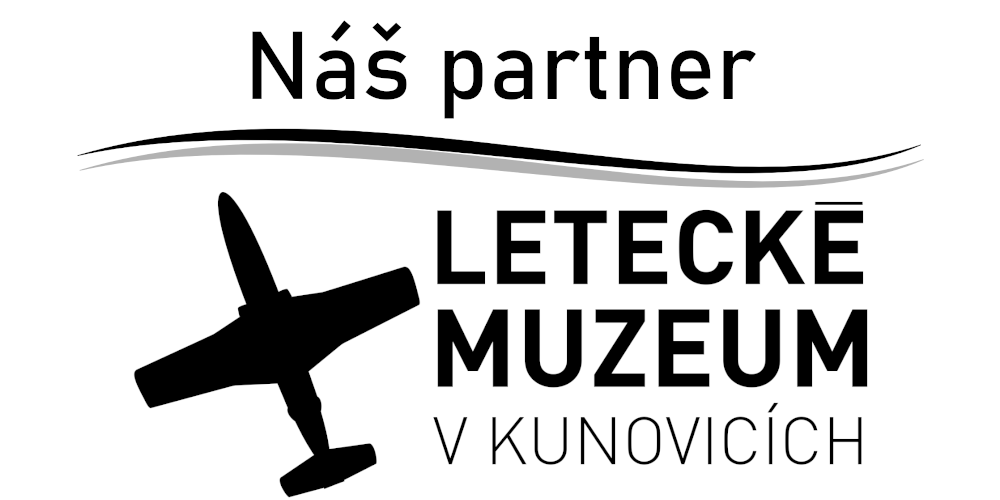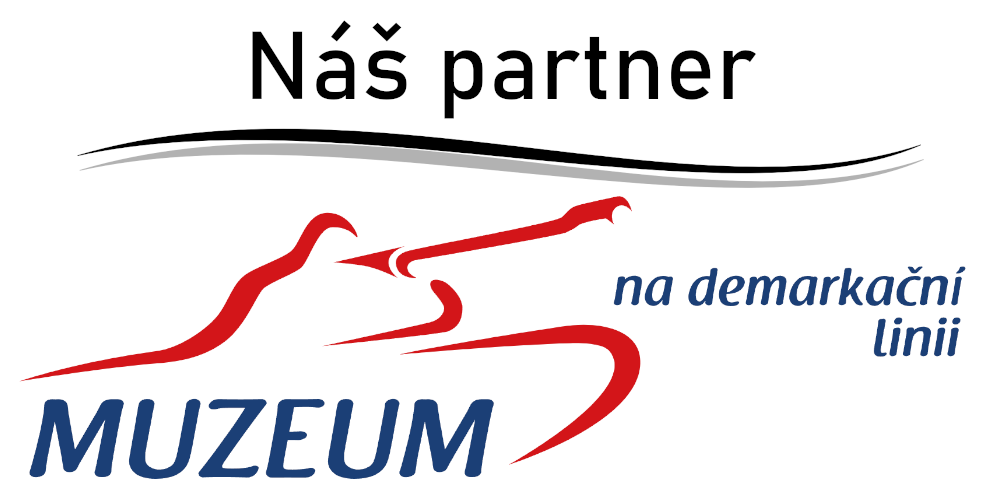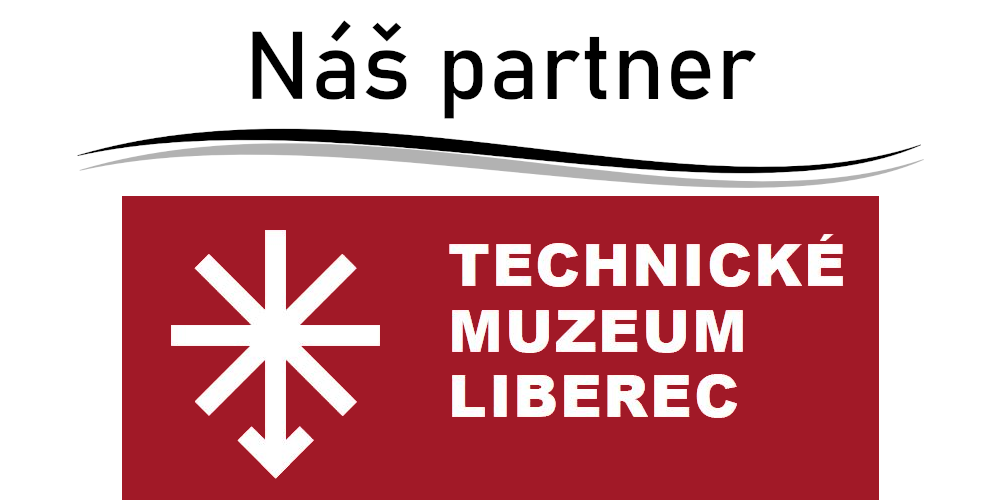Kit model of the Junkers JU-88 German fighter plane in Luftwaffe colors. The model has a well-crafted cockpit frame and its interior, including the rear gunner's place, rotating propeller, adjustable control surface and rudder. Air bombs are suspended under the wings and opening bomb bays are located on the underside of the fuselage. The undercarriage wheels are not retractable, but can be easily removed. The package includes a figure of a Luftwaffe pilot with a breathing mask and a cube with a description.
Show more
100 %
(2 Ranking)
1 593 Kč
pcs
Add to Cart
In stock - ready to ship (2 pcs)
| List Number: | COBI-5733 |
| EAN: | 5902251057336 |
| Warranty: | 24 months |
| Manufacturer: | COBI |
| Loyalty Points: | 10 |
| Price excluding VAT: | 1 316,14 Kč |
Description
Parametres
Files and Links3
Discussion
Reviews

You know that:
- At the beginning of the development there was a requirement of the German Ministry of Aviation to produce a light and fast bomber, which was able to escape the fighter aircraft of that time, often still of biplane design, thanks to its high speed.
- The aircraft developed by Ernst Zindel first flew on 21 December 1936.
- The first aircraft produced had many minor technical flaws. Particularly problematic was the lower gunner's boarding hole cap, which liked to get stuck.
- As more were produced, all technical difficulties were gradually removed and the JU-88 became a reliable and versatile aircraft that was deployed as a heavy fighter, dive bomber, night fighter, reconnaissance aircraft, torpedo bomber, or even as a Mistel flying bomb.
- The only problem that could not be eliminated was the very cramped space for a crew of 4.
- In total, there were about 6 basic differently armed versions of which the G version, fitted with 6x 20mm guns, was to have the most firepower. However, the fire from these guns was so blinding to the crew that the number of barrels had to be reduced to 4.
- Junkers were fitted with a variety of engines, but perhaps the most famous was the BMW 801 engine, which is why this famous car company now has a round propeller logo on its emblem.
- In the pre-war period, Junkers were bought by countries such as Canada, France, Spain, Bolivia, Sweden and the Romanian principality.
- Nearly 16,000 Junkers were produced in various versions until 1945, making the JU-88 the most produced twin-engine aircraft of its time.
Technical parameters:
- dimensions: wingspan 20.06 m, length 14.4 m, height 4.85 m
- empty weight 8 000 kg
- maximum take-off weight 13 750 kg
- power unit 2x Jumo 211J fork engines, each with an output of 1 058 kW
- range 2 030 km
- maximum flight level 7 500 m
- maximum speed 500 km/h
- fuel tank capacity 1 680 l
- armament x 7.92 mm MG 81 machine gun + 3 000 kg of aerial bombs
- crew 4
From the memoirs of pilot Hans Rudel:
"It was an excellent aircraft, a real jewel for our air force, because it had a long range and was very fast. It was one of the most versatile aircraft our industry produced and could be used as a bomber, fighter or reconnaissance aircraft."
Assembly instructions
| Version (series) | 08/2022 |
|---|---|
| Number of figurines | 1 pcs |
| Recommended age | 11+ |
| Number of pieces | 1160 pcs |
| Package weight | 1595 g |
| Scale | 1:32 |
| Box dimensions | 60 x 32 x 7,5 cm |
| Dimensions after assembly | 61 x 45 x 15 cm |
| Contains luminous blocks | No |
| Material | Plastic |
| Collection | World War II |
| Compatible with other brand of kits | Yes |
Discussion is empty.
There is no review for product yet
Last viewed products
You might be interested






















